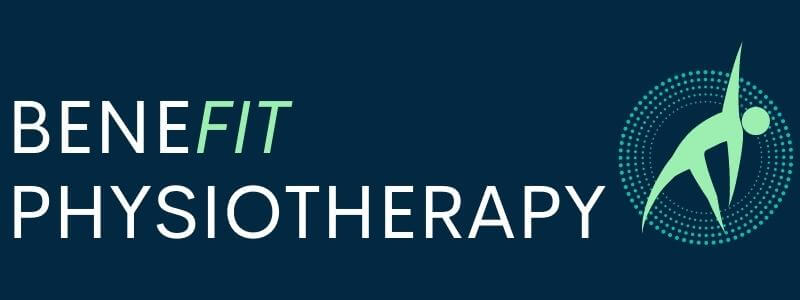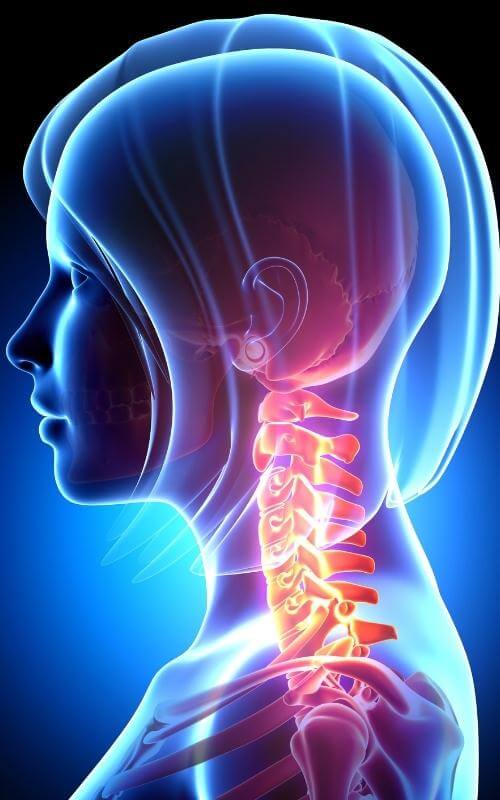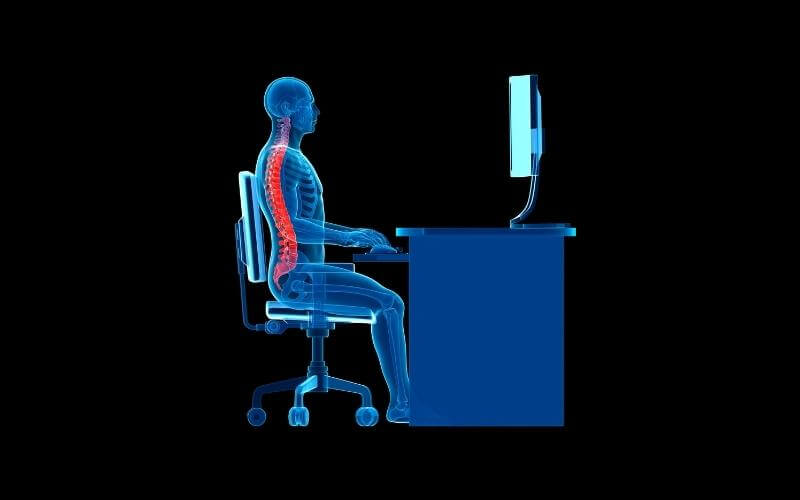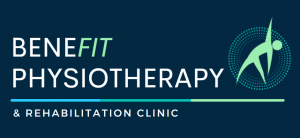Tech neck is a term that has been around for a long-time, but has become more relevant than ever with today’s high usage of laptops, tablets and smartphones.
It’s likely that you’re reading this article on some form of portable device, and it’s even more likely that you’re reading it in a slouched posture. The size and shape of these devices requires us to adopt poor postures in order to use them. Whether it’s rounding the shoulders to reach across the small laptop keyboard, or poking your chin forwards to read the small text on your smartphone, these postures are bound to leave you tight, sore and maybe even injured.
Read below for tips on tech neck pain relief.
What is Tech Neck?
The neck is the most flexible and maneuverable part of the spine. The natural curvature of the neck allows it to support the weight of the head in various positions while maintaining its upright position.
‘Tech neck’ is a condition in which poor postures cause change to the natural curvature of the spine leading to pain and weakness in the neck.
Think of the position your head is in while you’re using your smart phone – most likely head down with your phone in your lap. Doing this will lead to greater strain on your spine, weakness of your supporting neck muscles and tension in your shoulders and neck.
Symptoms of Tech Neck
The symptoms of tech neck begin with aching and soreness in the neck muscles and between the shoulder blades. This usually gets worse in the evening after spending the day on smart devices.
More developed symptoms may include; headaches, referred pain to the shoulders and arms, tingling or numbness in the hands and stiffness of neck movements.
In the long-term, tech neck may cause:
- chronic headaches
- wear and tear of the neck joints leading to osteoarthritis
- increased risk of disc injuries in the neck
- increased vulnerability to neck strains
How to Prevent Tech Neck?
Change Your Posture
This is the most difficult but also the most important step in fixing tech neck. Avoid leaning into your screen, rounding your shoulders to text and looking down to use your smart phone. Ultimately, all the massage and strengthening exercises in the world won’t offset a full day of bad posture.
Changing your posture will reduce pressure on your joints and relieve stress in the muscles, ultimately reducing your pain.
Use Supports
While changing your posture will take time and practice, you may be able to change your environment to prevent poor posture. Having an ergonomic desk setup, using lumbar supports and postural correction devices are examples of supports which will provide more immediate changes in your posture.
Get Moving
Movement is an effective way to counter the effects of joint stiffness and muscle pain. Moving regularly and avoiding long periods of sitting will limit your risk of developing tech neck.
Set Reminders
We are all guilty of forgetting about our postures. We simply get distracted by other tasks. Setting hourly alarms to remind yourself to reset your position is an effective way to prevent poor posture.
Set Time Limits
Smart phones and laptops now have features to restrict your time on the device. I personally have a one-hour time limit on social media apps on my phone. This will make you more aware of the time you’re spending with your device and limit your risk of postural related injuries like tech neck.
Conditions like tech neck are becoming more and more common, especially in younger generations. Advancements in technology are likely to see this trend continue. But simple strategies and proper management can help prevent the onset of tech neck and other postural related injuries.
Physiotherapy for Tech Neck
In chronic cases, tech neck can be difficult to overcome. As the neck and back muscles get weaker it becomes more and more difficult to maintain good postures and prevent future irritation. In these cases, your physiotherapist will provide specific strengthening exercises to overcome these weaknesses and help break the cycle of tech neck.
One-on-One Physiotherapy Care - Complete Attention - You Deserve It !
Contact Us today to find out how we can help you.






